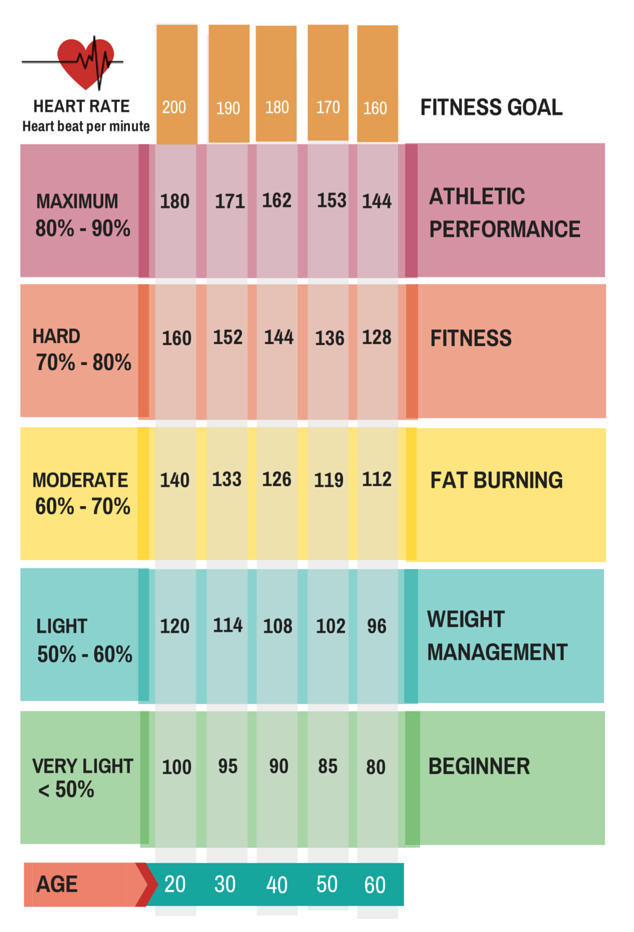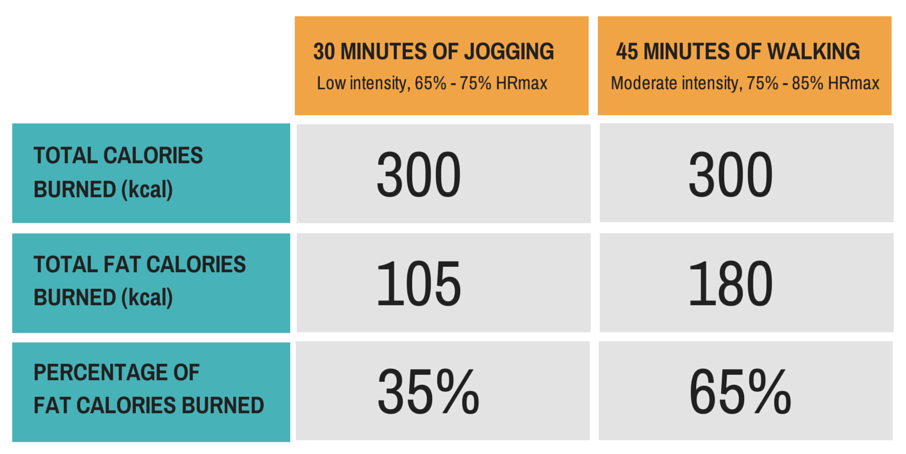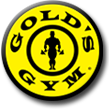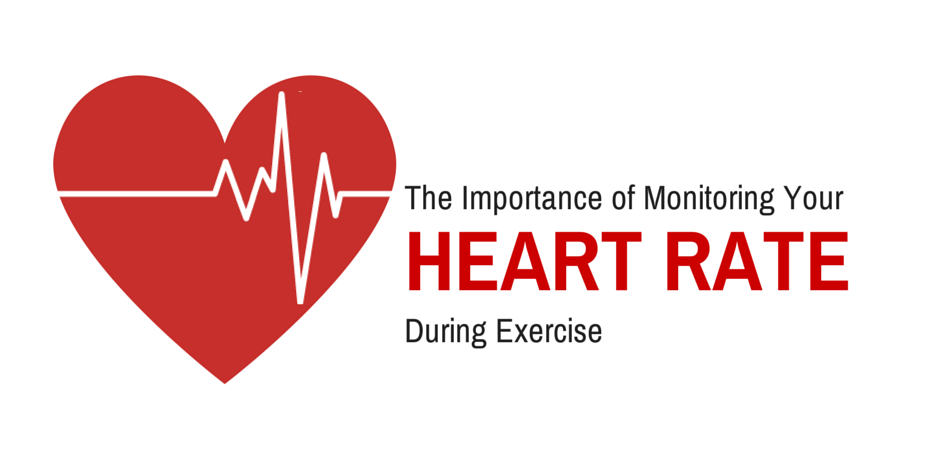The Importance of Monitoring Your Heart Rate During Exercise
What’s your heart rate got to do with your training and fitness goal? Apparently, everything! Read more to learn the importance of monitoring your heart rate during exercise.
WHY should you monitor your heart rate?
In our gadget-oriented era where all kinds of cutting edge devices and technology are rampant and rife, now you can find out how much calories you’re burning or how many steps you’ve taken in a day. But do you know how hard you’re actually training? This is where monitoring your heart rate becomes handy!
When the intensity of your activity increases, your heart will beat faster to meet the demands of blood and oxygen from your muscles. The harder the activity, the more blood and oxygen your muscles require to function, thus the higher your heart rate will be. Therefore, your heart rate can be a good indicator of your exercise intensity. There’s a certain range of exercise intensity that’s considered safer and more effective in promoting cardiovascular benefits. So, by knowing your heart rate during workout, you can better monitor your exercise.
WHAT does the number means?
The maximum heart rate (HRmax) can be estimated by subtracting your age from the number 220. This number is highly dependant on age. The older you are, the slower your heart rate will be.
During aerobic exercise, you should aim to have your heart rate within the target heart rate zone. The zone is shown in terms of percentage of the maximum heart rate (%HRmax). This number serves as a guideline of how hard you should be exercising. For example, the target heart rate zone for healthy adults who are just beginning their aerobic program is 50% - 60% HRmax. Those who have better fitness or who are undergoing a conditioning training can aim to be at higher end of the zone.

This is in line with the training principle of specificity: specific training yields specific result. This works the other way around as well: if you want specific result, it requires a specific kind of training. You can make your training more specific by manipulating the intensity of your workout and using the target heart rate zone as a guideline. As an example, at a lower end of the target heart rate zone where exercise intensity is lower, the energy source used is mostly fat.

HOW & WHERE can you monitor your heart rate?
Immediately after exercise, check your pulse either from the radial artery at the base of your thumb on your wrist or the carotid artery at the side of your neck. For a more accurate number, you should count the number of beats in 60 seconds. For a shortcut, you can also count the number of beats in a 10-second period and then multiply the number by 6.
Take Note!
The numbers are only estimations, based and only intended to be used for average adults with no health conditions. Hence, this should only be a guideline. Always consult with your physician for a more in depth and accurate analysis and recommendation of exercise intensity based on your health condition.
SOURCES:
1 Monitoring Exercise Intensity Using Heart Rate. (n.d.). Retrieved November 3, 2014, from http://www.acefitness.org/acefit/fitness-fact-article/38/monitoring-exercise-intensity-using-heart/
2 Principles and methods of training. (n.d.). Retrieved November 3, 2014, from http://www.bbc.co.uk/schools/gcsebitesize/pe/exercise/1_exercise_principles_rev1.shtml
3 American Council on Exercise. (2014, September 24). Youth Fitness: Training Specificity - Tennis. Retrieved November 3, 2014, from http://www.acefitness.org/acefit/healthy-living-article/59/5060/youth-fitness-training-specificity-tennis/
Gold's Gym Mall Ciputra | Gold's Gym Mall of Indonesia | Gold's Gym Thamrin City | Gold's Gym Cilandak Town Square | Gold's Gym Baywalk Mall Pluit | Gold's Gym Kalibata City Mall | Gold's Gym Braga Citywalk | Gold's Gym Cihampelas Walk | Gold's Gym Summarecon Mall Serpong | Gold's Gym Mall @ Alam Sutera | Gold's Gym Bintaro X-change | Gold's Gym The Breeze BSD | Gold's Gym Grand City Surabaya | Gold's Gym Surabaya Town Square | Gold's Gym Grand Metropolitan Bekasi




